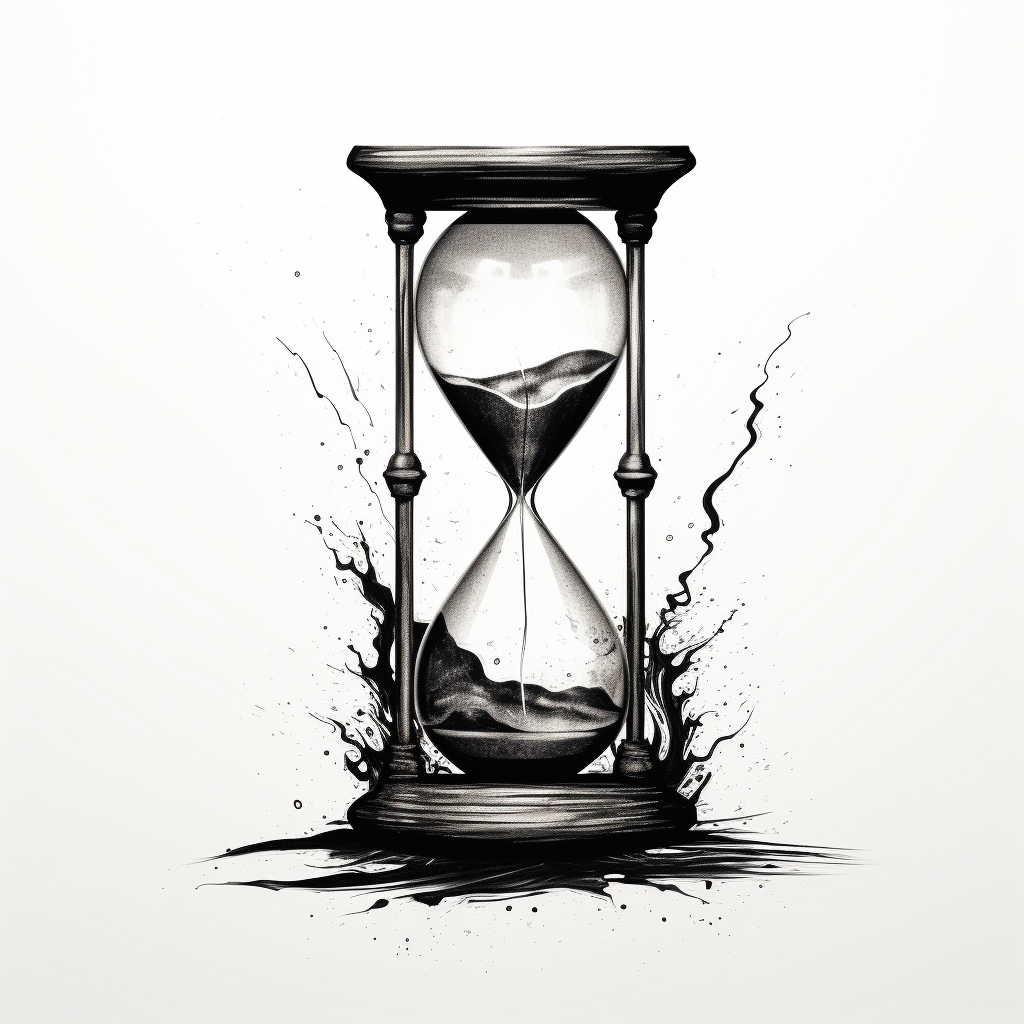A First Glance Isn’t Always Enough
In today’s fast-paced product world, impeccable quality is a non-negotiable aspect. Yet, what happens when an initially flawless product begins revealing its hidden defects over time? This raises a critical question about the importance of product reliability.
The Hidden Troubles of A Product

Consider a product that performed brilliantly and met every expectation right out of the box. Users were thrilled, and the product seemed destined for long-term success. But as time progressed, unforeseen issues began to surface. After several weeks, those minor glitches transformed into significant setbacks, drastically impacting user experience. The problem wasn’t the quality during production but its performance over an extended period. Such a situation underscores the pivotal importance of Reliability in product design and testing.
Unveiling Reliability
Defining Reliability
What is Reliability exactly? How to define it?
“Reliability is the ability of a product, system, or service to consistently perform its intended function over a specified period of time without failure.”
Think of Reliability as a product’s stamina. Just as a marathon runner needs the endurance to maintain performance over long distances, products must have the resilience to operate faultlessly over prolonged periods. It’s not just about shining at the start but maintaining that brilliance over the entire product lifecycle.
Measuring Reliability
But how do you measure if a product is reliable? Reliability is quantified through various metrics, primarily focusing on the product’s failure rate or the number of malfunctions per unit of time.
- MTTF (Mean Time To Failure): This represents the average time a product operates before it fails. For instance, if five units of a product functioned for 10, 20, 30, 40, and 50 hours, respectively, before failing, the MTTF would be the average of these times, which is 30 hours. Of course, the longer this time period, the better.
- MTBF (Mean Time Between Failures): This is relevant for products that can be repaired and reused. If a machine fails every 20 days and takes one day to repair, its MTBF is 19 days. It signifies the average operational duration between failures. Also, here, you want this number to be very high.
Elevating Product Excellence Through Reliability
So what can be done about it? To ensure Reliability in products, services, or systems, you can do the following:
- Reduce Complexity:
- Description: Streamlining a product’s design can significantly enhance its resilience. Minimizing unnecessary components or functionalities reduces the potential points of failure.
- Example: Consider a remote control. While having multiple buttons for numerous functions may seem advantageous, it also increases the chances of a button malfunctioning. By focusing only on essential buttons and perhaps integrating multifunctionality into a few, you simplify the design and improve the remote’s Reliability.
- Enhance Component Reliability:
- Description: Every part of your product, be it physical or software, should be vetted and tested extensively to ensure prolonged Reliability.
- Example: In manufacturing a wristwatch, if the cogwheel material is prone to wear and tear, replacing it with a more durable material—even if slightly more expensive—will result in a more reliable final product.
- Incorporate Redundancy:
- Description: Redundancy means having backup components or systems in place to ensure continuous functionality even if a primary system fails.
- Example: In cloud storage solutions, data is often replicated across multiple servers or even locations. If one server faces an outage, the data remains accessible from another, ensuring consistent service.
- Prioritize Regular Maintenance:
- Description: Scheduled maintenance, both preventive (to stop failures from happening) and corrective (repairing after a failure), ensures your product remains in optimal working condition.
- Example: Regularly updating software can prevent potential security breaches or system glitches. Similarly, routinely servicing a car, including oil changes and tire rotations, ensures it runs smoothly and reduces the likelihood of unexpected breakdowns.
- Design Thinking for Reliability:
- Description: During the product design phase, incorporate a robust review process centered on Reliability. Ensure that designs are critically analyzed for potential long-term issues.
- Example: Engineers might prioritize a unibody design for aesthetic reasons when designing a smartphone. However, considering Reliability, they might opt for a design that allows easier battery replacements, prolonging the device’s lifespan and ensuring customers don’t face power issues after a couple of years of usage.
Reliability transcends mere functionality. It’s a testament to a product’s endurance, consistency, and the trust customers can place in it. By implementing these tools and approaches, products not only meet but also surpass user expectations throughout their lifecycle.
Conclusion
Reliability is the unsung hero in the world of tangible or digital products. While the initial appeal might draw users in, it’s the consistent, dependable performance over time that builds trust and fosters long-term loyalty.
Reliability is much like a bridge – it connects a product’s promise to its sustained delivery, ensuring that what’s offered today remains true tomorrow, next month, and years down the line.
Yet, achieving this Reliability isn’t a stroke of luck; it’s a calculated endeavor. By embracing simplified designs, meticulously selecting and testing components, preparing for unforeseen circumstances with redundancy, conducting regular checks and maintenance, and continually rethinking design for longevity, we set the stage for products that stand the test of time.
But remember, Reliability isn’t a one-time task; it’s a perpetual commitment. It demands attention, resources, and a mindset that prioritizes long-term gains over short-lived glories.
What next?
For all professionals dedicated to offering value – be it in design, testing, manufacturing, or any part of the product lifecycle – take a moment today to evaluate the reliability quotient of your offerings. Are they merely dazzling at first glance, or do they promise an enduring brilliance? If you haven’t considered Reliability a cornerstone yet, now’s the perfect moment to start. Let’s champion products that don’t just deliver but persistently excel. Dive deeper, think longer, and let’s build for the future!

